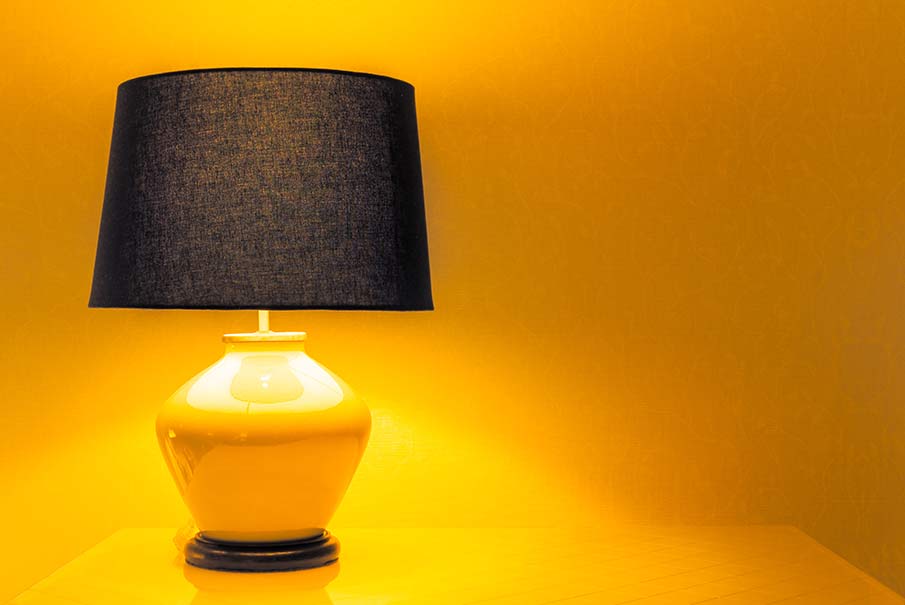At Sense, we’ve always had the notion that Sense should not operate on its own, but instead as a key part of the overall connected home. Today we are announcing our first step on that path: now Sense can communicate with Philips Hue lighting. If you have Sense and Philips Hue lights in your home, you can now link them up and see details of the Philips Hue lights in your Sense Home application and can also control Hue lights directly from Sense.
If you think of Sense only as a machine-learning-based load disaggregation device, you might suppose that integration with smart home devices will reduce the need for our fancy algorithms (once all devices in your home are smart and can just tell you what they are doing, why do you need Sense?) But our goal has always been broader; the long-term value we are working to provide is overall intelligence for the home, with benefits around awareness, efficiency, safety and security. And eventually Sense will provide the intelligence to drive control and automation in good ways.
To provide intelligence, we need data and to get data we need to know about the activity of a wide range of devices in homes. We started with broad-based sensing based on detailed measurements of the power going into the home because it is the best way to see the activity of a large number of devices in a home. Currently, in most homes, there are many more things connected to the electrical system with unique power usage signatures than there are connected devices with accessible interfaces – and we think this is going to be true for many years.
Increasing Sense’s device coverage based on electrical signals remains our core technology focus, but you will see more and more integrations from us like our Philips Hue Integration. Not only will these increase the number of devices we can show in Sense (and broaden the energy load that Sense accounts for), but we will begin to close the loop with control and automation.
Closing this loop by combining Sense with the wider IOT world of control and automation is where we see big benefits. Most of the IOT world has focused on control with connected lighting, connected thermostats, connected plugs, etc. But in most cases these devices don’t know what actually happens. So, for example, a connected thermostat knows when it is asking an air conditioner to turn on but doesn’t know if it actually turned on or how much energy it is using. On the other hand, Sense can (usually!) see what the air conditioner is doing but doesn’t know what the thermostat is asking it to do and doesn’t have information like current indoor temperature. By talking directly with these devices, Sense gathers the control information that describes what should be happening. Then Sense can determine exactly what actually happened and the associated energy impact. We can both show this in Sense and share it back with the connected device. Over time, we will also be able to use the combined information for better modeling of functions like HVAC performance or failure modes – better targeting potential efficiency or reliability improvements.
Completing this first integration with Philips Hue has been a lot of work for our product and data science teams, but now that we have the infrastructure in place, we will be releasing a series of these sorts of integrations, so stay tuned for more. And, as always, we appreciate your feedback so let us know if you find this first integration to be helpful and if you have a wish list for others!
